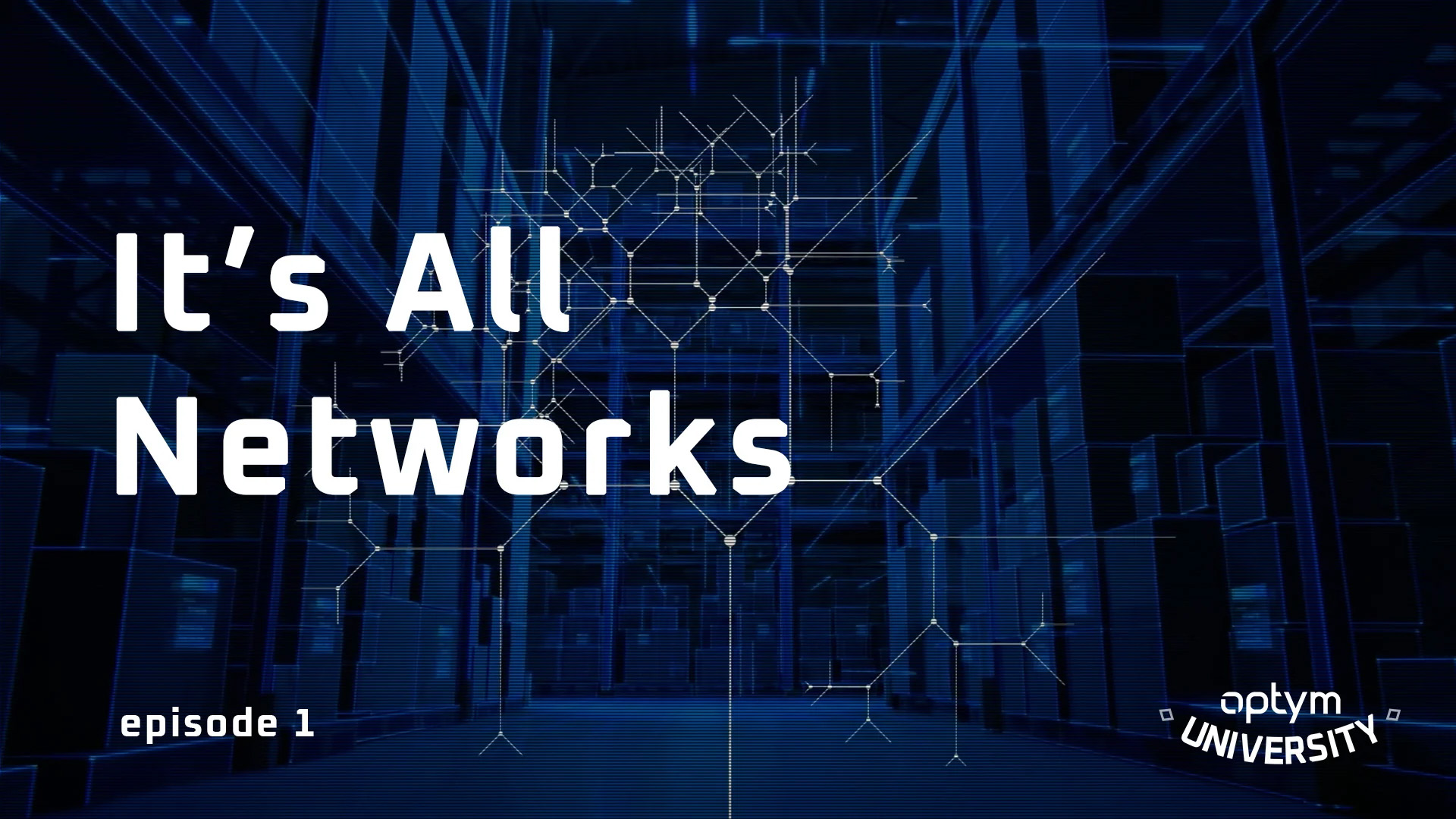Video transcript:
Perform a quick search on the word “optimization” on your browser and see over 2 billion results displayed. Indeed, optimization is a popular topic across work and life. “Optimization” is derived from the Latin word “Optimus,” which means “best”.
Making the best of a given situation, getting the most out of what you have, the process of finding the best possible solution to a decision problem is called “optimization”.
We want to be the happiest and healthiest individuals, we want to live life to the fullest, and we want to be the best in everything we do. In other words, we all have a desire to optimize our lives.
Likewise, each organization wishes to serve its customers in the best possible way and ensure that its employees and shareholders are happy and successful.
Optimization algorithms, as popularly known, allow industries to make better decisions. Better decisions make companies improve utilization of their assets and resources and in return, make them more profitable.
Let’s dive deeper into how we solve an optimization problem. We first create a digital replica or a digital twin of the optimization problem. This digital twin is a mathematical model where every potential decision is a decision variable in the model.
We then model all operational constraints as equations and model the objective (or goal) to optimize as another equation. Now this mathematical model is a digital representation of the business problem we are trying to solve.
The best decision in the mathematical model gives us the best decision for the business problem. Head spinning yet? Thankfully, there’s an approach for that.
We next use the following approach to solve the mathematical model:
• Enumerate: List all possible options for our decisions.
• Evaluate: Assess the options for feasibility - whether they satisfy all business constraints.
• Score: Score each feasible option with respect to our objective.
• Decide: Select those options for our decisions with the highest score (called, the Optimal Solution).
At a glance, this may sound straightforward, but actually it isn’t. Enumerating all possible values of variables may take a lot of time. Common decision problems have billions of permutations and combinations of variables and even if you use supercomputers, it may take weeks or months, but you need to decide in the next few minutes.
How would you cut down the time from weeks or months to seconds or minutes? This is called “Implicit Enumeration.” We do not explicitly enumerate all possible combinations of variables but list only a very few of those, but with the guarantee that those few contain the optimal combination, or the Optimal Solution.
The field of optimization is focused on developing Optimization Algorithms that implicitly list all possible decisions of a business problems and recommend the best decisions.
There is different category of algorithms – Linear Programming, Mixed Integer Programming, Nonlinear Programming, Network Optimization, Combinatorial Optimization, Neighborhood Search, Very Large-Scale Neighborhood Search, Construction Heuristics, Genetic Algorithms, just to name a few, and each of these areas contains hundreds of algorithms.
Given a business problem, the selection of the right optimization algorithm requires experience and insight. Thus, optimizing a business problem is more of an art than the science.
That is all for today. In future videos, we will introduce you to different types of optimization algorithms and explain how they work and what classes of optimization problems are solved by those algorithms.





